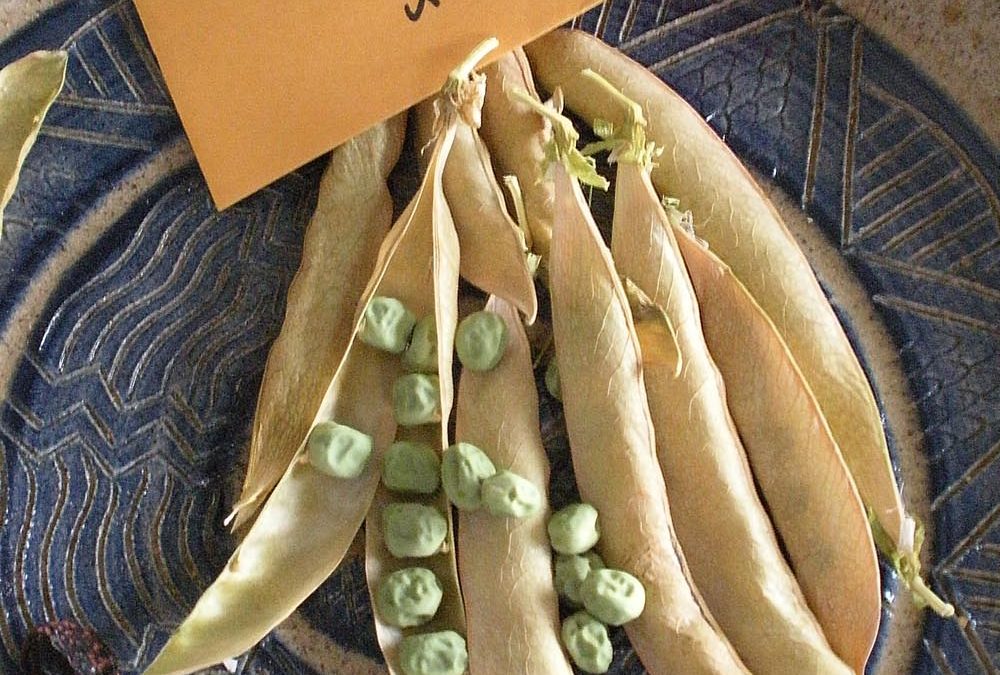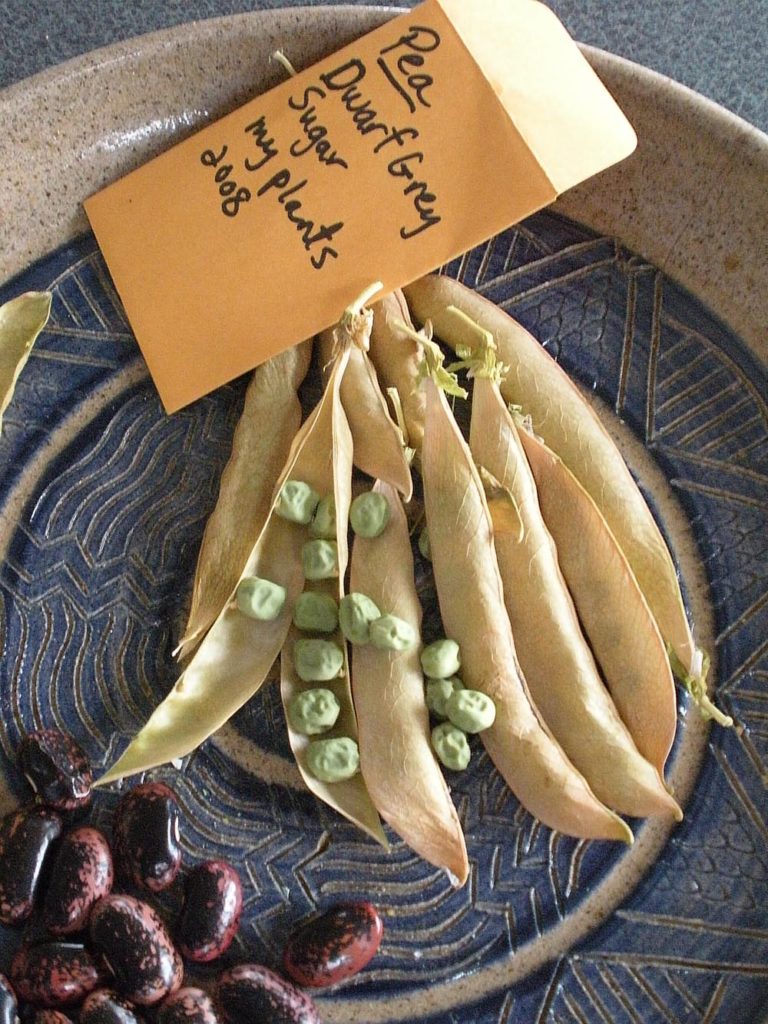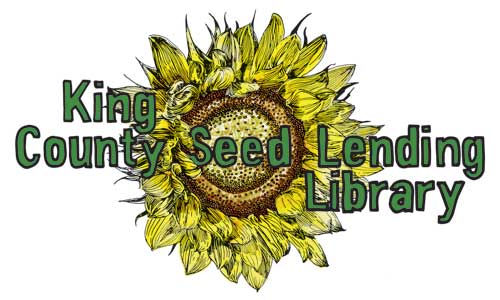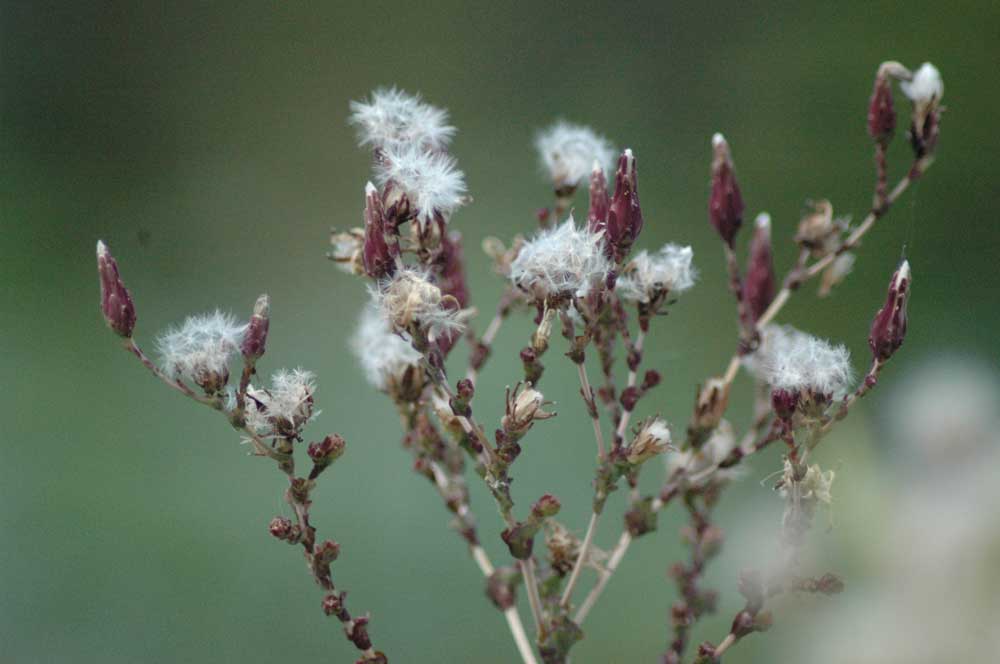Do friends rave about your vegetables? I don’t have to ask if you rave about them to your friends, because I know you do. Most committed edible gardeners are more than just a little crazy about their produce. It’s closer to a love affair. I can still hear myself waxing poetic about the amazing Jimmy Nardello sweet pepper.
Inevitably, if your friends agree with you, they want to know the variety. They want some of the crazy too.
That’s why you should be saving seeds. The earliest tomato. Most productive broccoli. Sweetest chard. The least-stringy bean. And then, confer the simplest, most welcome gift on your gardening friends: share your seeds with them.
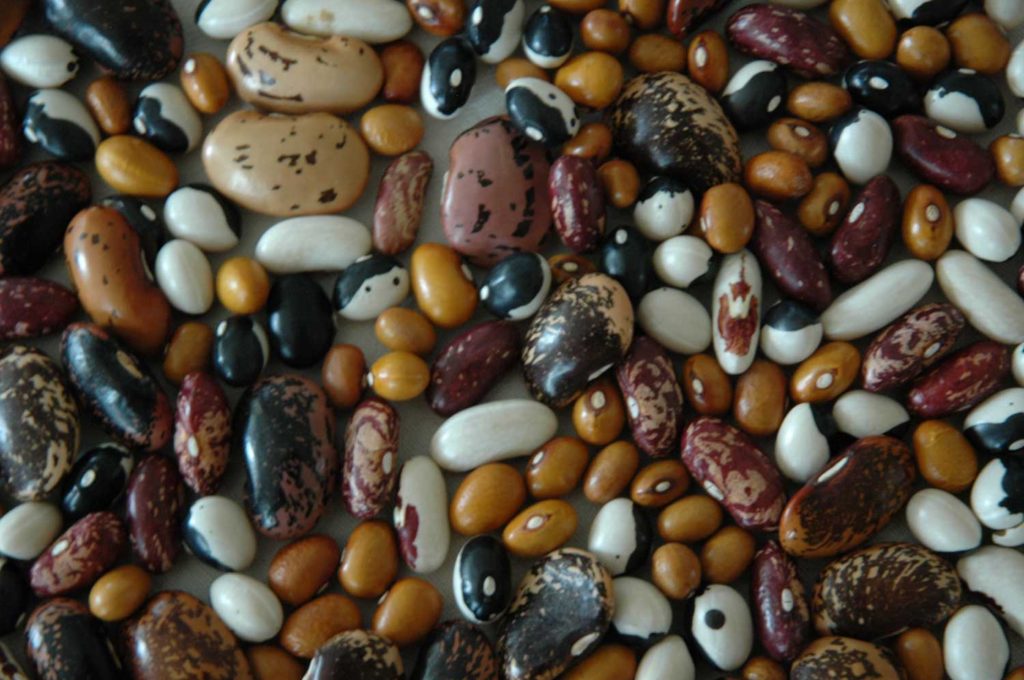
Why Save Seeds
Along with delighting your friends with seeds of your favorite veggies, I want to add three more reasons to save seeds:
- Preserve a beloved variety that may disappear. We have lost so much of our “vegetable heritage,” and we can’t rely on organizations like Seed Savers Exchange, as great as they are, to keep the rest from disappearing. Varieties get lost when seed companies merge, or when they don’t sell enough to make it financially worthwhile to keep it up. We gardeners must take on the challenge so we can keep our favorites alive.
- Create a truly local version. Many plants will adapt to your bioregion or microclimate, so if you save the one that grew the best – ripened earliest or was the most productive – the resulting seed may be even more reliable than from the catalog.
- Be more self-sufficient. Saving seeds also saves a bit of money and closes the loop a bit more on your gardening practices.
You can also be part of the movement to save and share seeds locally. In the Seattle area, participate in the King County Seed Lending Library. This grassroots (veggieroots?) organization has branches around the city where you can “withdraw” seeds just as you would check out a book at the public library, and then “deposit” fresh seeds from plants you’ve grown. With annual seed swaps, educational events, and links to other seed libraries around the world, it’s a great resource.
Here are two methods for saving seeds of different types of plants. Your challenge is to pick one vegetable currently growing in your yard and simply capture its seed for use next season. Go check out the great prizes for the challenge listed on Sustainable Eats, and join the fun!
Dry Method
For peas, beans, and crops that form seed heads, such as salad greens, saving seeds is mostly a matter of gathering them up. Big seeds are easy, little seeds need a lot of separating and cleaning.
Let the seeds fully dry in their pods or seed heads. I pull them out of the garden, trim off the roots, and hang them upside down to dry on a simple rack attached to my garage ceiling. When dry, shell them and sort the seed from the chaff.
Some vegetables, such as lettuce, are biennial, going to seed only in their second season, so you have to pay attention to timing. You might dig up and move a desired seed plant to a corner of your garden and keep it alive for another season.
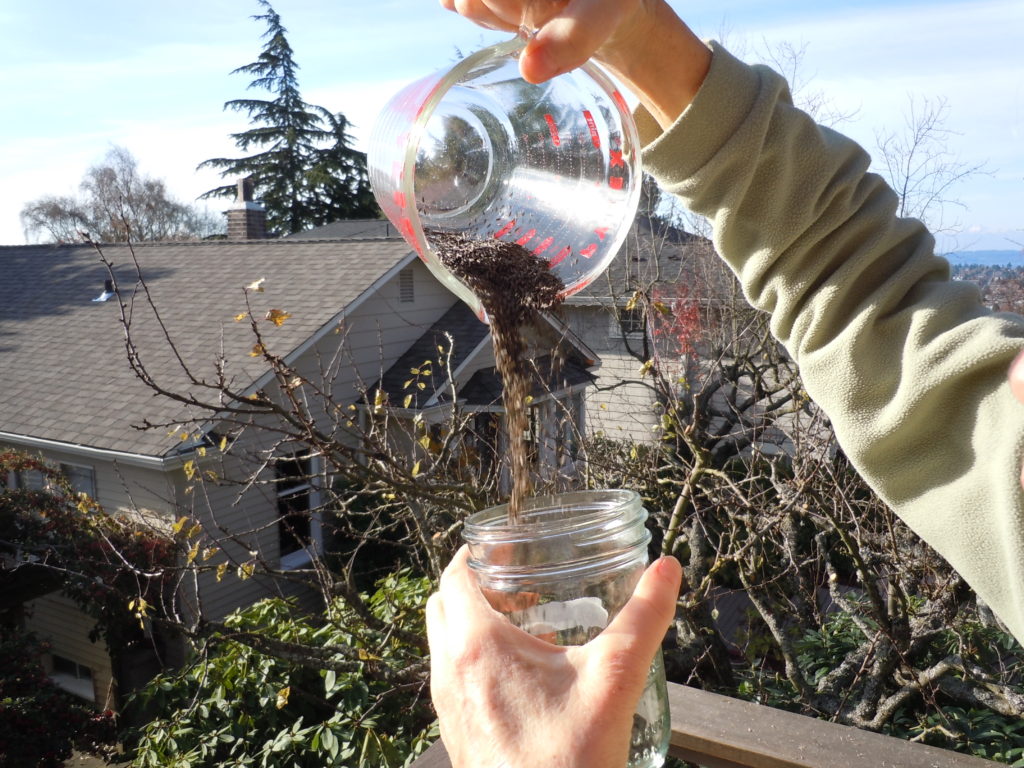
Wet Method
For tomatoes, peppers, and squashes, you must remove the seeds from the pulp, which is a bit more messy and involves a different drying regimen.

Tomato seeds can be stripped of most of their pulp and put in a jar with water for a few days, agitating it to get the rest of the gel-like covering to release from the seeds. Drain, rinse, and dry on paper plates. Other fruit with internal seeds may require only a good rinse before the seeds can be laid out to dry.
Labeling and Storage
Label the seeds by variety and harvest date, and store in paper sleeves or enclosed jars in a dark, dry, cool environment. Monitor regularly and remove any mildewed seed.
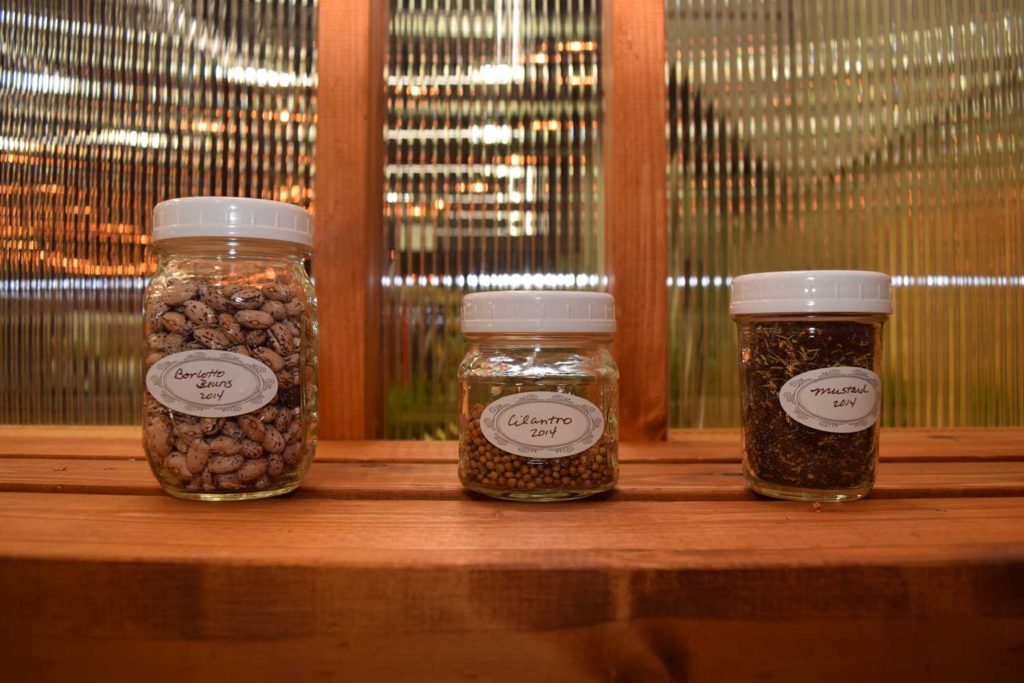
Seed life for some vegetables is as short as one year, but some can last many years if stored properly. The average life of seeds is three years.
Seed saving for some vegetables is more challenging, and there are many tricks and techniques to learn. For the best advice, consult The Seed Garden by writers from Seed Savers Exchange and Organic Seed Alliance. I also go into detail on saving vegetables in the Maritime Northwest climate in my book Edible Heirlooms.
